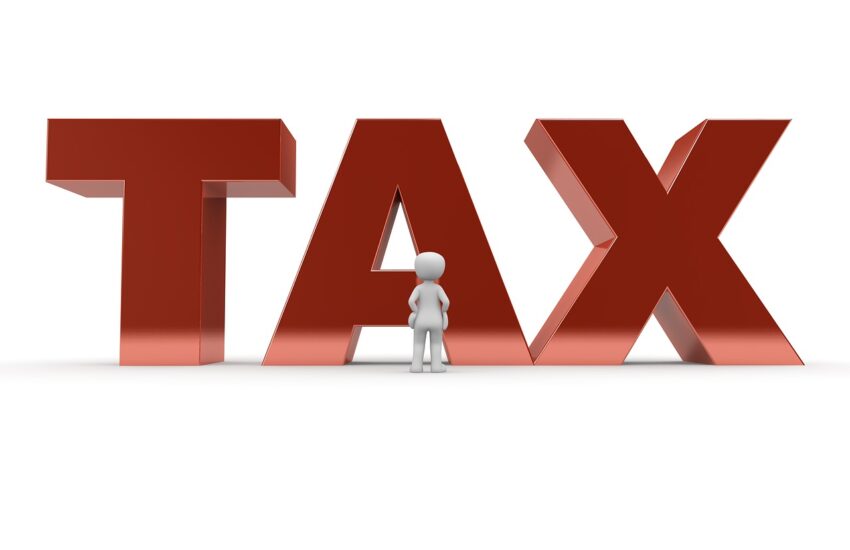So far, we have considered the consequences of being a Vat from the perspective of your customers. Let’s repeat the conclusions: if your customers are individuals, it is better for them if you are not a Vat, if companies are Vats – it is better for you to be. I’m leaving aside here the fact of whether or not you can or can’t be a Vat payer when conducting any business and in any form from the point of view of tax law. Ask your accountant or tax office about that.
Note: The following article is not legal, financial or tax advice.
Now we’ll look at the issue from your suppliers’ side. And actually from your point of view, we’ll just look at the relationship with your suppliers. I will present the case that you are a Vat payer in this post, and the case that you are not a Vat payer in the next post. The case described below is not legal or tax advice.
Case 1 – you are a Vat payer
If you are an active VAT payer, then any product or service you buy for your business “costs” you less, which is the net price of that good (if it is subject to VAT). I wrote “costs” in quotation marks, because it really only costs less compared to a passive VAT payer, such as an individual. For you, as a Vat payer who operates with net prices, it is not cheaper, but sometimes that is what it seems.
For example, if you buy a computer for your business for 2460 PLN with VAT, the net price is 2000 PLN, and that is the price of the computer. The VAT that you will remit along with the net price at the time of purchase (this VAT is in the price of the goods), you will later deduct for yourself from the VAT amount on the invoice you will issue to your customer yourself. In this way, the VAT will become transparent to your business, as I wrote about in the first part of my series on being a Vatpayer.
If you invoice your product with a net price of 5000 PLN, there will be a VAT amount of 1150 PLN on top of that. The customer will transfer a total of 6150 PLN to your account. You should transfer 1150 PLN to the tax office, but since you bought a computer and have already “transferred” 460 PLN (included in the price of the computer) to the tax office, so the remaining amount due to the tax office is only 690 PLN. It looks as if you sold your product for 5000 PLN and bought a computer for the company for 2000 PLN. So you are operating with net prices all the time and these are the values to analyze your business.
Now add to this a situation where you need to hire an employee Adam, who is not in business and is not an active VAT payer. You will hire him on a contract for work. Let’s assume that in order for you to sell your product, you need to have that computer you have already purchased (above) and some work for which you will pay Adam PLN 2,000 gross. Therefore, your total costs are 4,000 PLN – 2,000 PLN net for the computer and 2,000 PLN gross for the artwork. The VAT flow will not change – you still have to transfer PLN 690 to the tax office. But what about your profit? It will be 5,000 subtract 4,000 that is PLN 1,000. And this will be the amount on which you will have to pay income tax.
So if you are a Vat taxpayer, and the cost you incur does not include VAT, nothing happens to VAT, only your profit is reduced. It would be a little better if Adam was running a business and was a Vat and then, for example, the net price of his work would be 1600 PLN (almost 2000 PLN gross with VAT). Then your profit would be 1400 PLN, of course, before taxes.
Conclusion: being a Vat, it makes sense to have suppliers who are Vat.

